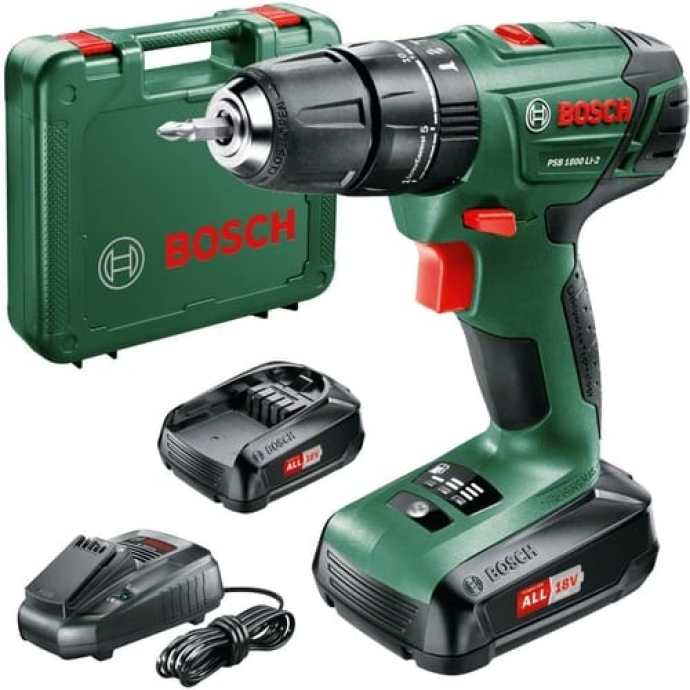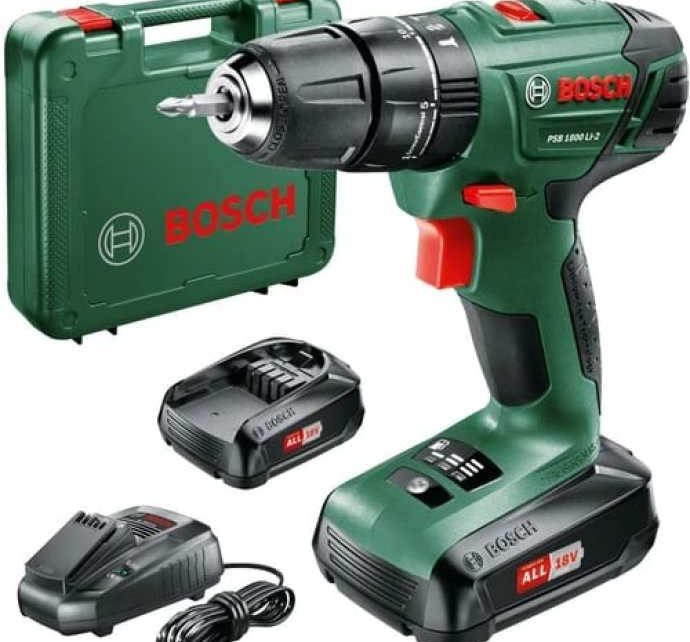A good drill is important if you’re learning the fundamentals of basic repairs or taking on a second change to the property. You can drill holes and move screws with much the same tool if it’s wireless, and you won’t have to think about having a socket around your work to control it. The good news is that these drills are widely available. The bad news is that it’s not always clear which drills to consider. With so many different needle brands and models, it’s easy to buy fewer than you need. The answer is to purchase a drill based on your intended use. It makes no sense to spend $200 on a tool that would only be used to hang images. It’s also not a smart idea to spend $50 on a drill just to have the motor fail after a few days of heavy use. You don’t have to go insane trying to come up with all of the potential uses for your new gadget. Take a look at the three cases below to see where you fit in. A drill for light upkeep is likely the best drill for residential use. You will increase your power and choices if you ever need more tools than you currently have. Alternatively, for those ventures that necessitate a more efficient drill, you may rent one.

Intensity is controlled in voltage supply for battery powered drills. To overcome that problem, higher voltage means more thrust power. The top-end penetration has risen from 9.6 to 18V throughout the last decade, but versions range from 6, 7.2, 9.6, 12, 14.4, and 18V. The strength of today’s relatively high drills is sufficient to bore large holes in framing lumber and flooring. That’s a lot of muscle. However, there is a cost to having more power: weight. A 9.6V drill weighs around 3 1/2 pounds, while an 18V drill can weigh up to 10 pounds. Find the best cordless drill uk.
Prior to the introduction of cordless needle, most drills had firearm grips, which placed the handle behind the motor, similar to a gun’s handle. The majority of today’s cordless models, however, have a T-handle. The base of the handle flares out to avoid hand slippage and to make room for a battery. A T-handle provides better optimal idea, particular in lighter drills, since the battery is balanced beneath the waves and bulk of the motor.

Often, since your hand is out of the way in the middle of the drill, T-handle drills will also get into smaller spaces. A revolver grip, on the other hand, allows you to apply pressure higher up — almost straight behind the bit — enabling you to place more weight on the job while drilling or driving big screws. Electric drills and cordless drill/drivers are distinguished by an external clutch. The clutch, which is located behind the chuck, disengages the drill’s drive shaft, creating a clicking tone, when a preset level of commitment is reached

